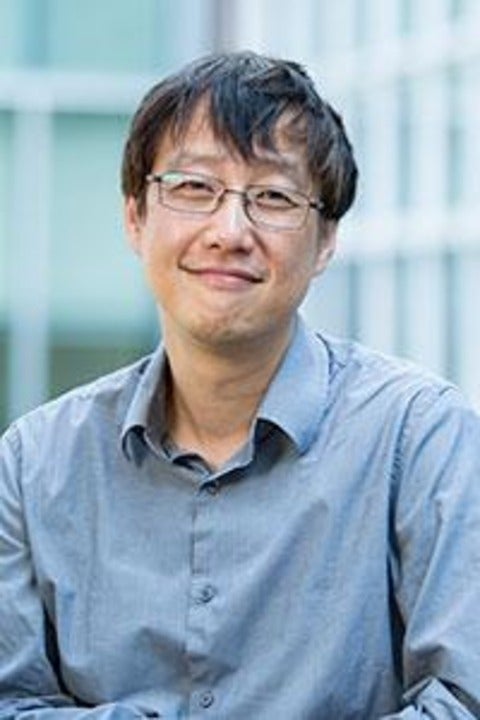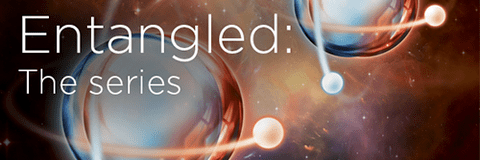Seminar: Aging and Domain Growth in the Spin Glass Copper Manganese
Daniel Tennant - University of Texas, Austin
I will report on dynamical magnetic susceptibility measurements of
both bulk and thin film samples of the spin glass Copper Manganese.
By studying the Thermoremanent Magnetization (TRM) of multi-layer thin
films of various thicknesses, we are able to show the maximum energy
barrier encountered during correlated spin flip transitions is cut off
by the thickness of the film and is independent of temperature. The
distribution of energy barriers is shown to follow from a hierarchical



 PhD Thesis Presentation
PhD Thesis Presentation